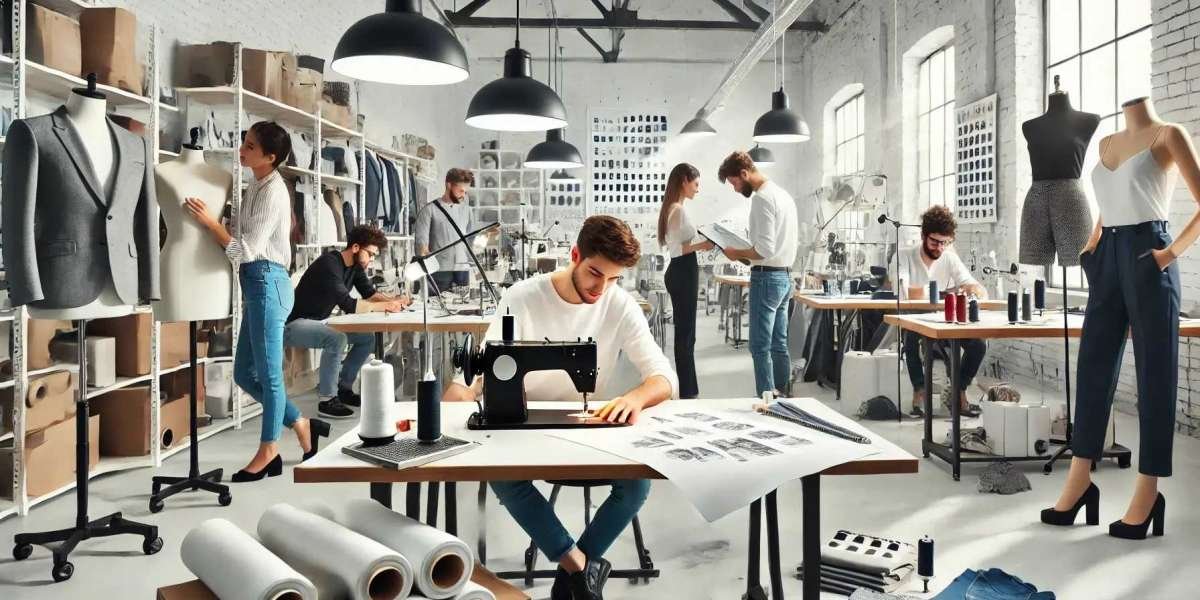Whether you’re an actor, crew member, or part of the production team, dressing appropriately on a film set is crucial for both comfort and professionalism. The attire you choose can affect how you perform and interact with others, ensuring you look the part while also staying comfortable in an often unpredictable environment. In this article, we’ll explore the top dressing rules for success on film sets, offering guidance on how to make the best impression while adhering to the demands of a fast-paced production.
1. Prioritize Comfort and Practicality
Film sets are dynamic environments. Depending on the role you play or your position, you could be moving around a lot, sitting for extended periods, or working in varying weather conditions. Dressing for comfort and practicality is essential to ensure that you can focus on your work rather than being distracted by uncomfortable clothing.
For actors, choose clothing that allows for free movement. Tight-fitting or restrictive clothes may hinder your performance, especially if you’re required to perform stunts or dramatic gestures.
For crew members, opt for practical, durable clothing. Be mindful of footwear that offers support for long hours on your feet, especially if you’re constantly moving equipment or working with cameras.
Comfortable attire helps you stay focused, perform at your best, and maintain a positive mindset throughout the day.
2. Avoid Distracting Patterns and Colors
When on a film set, your clothing should not steal attention from the scene or characters. Avoid wearing clothes with large, bold patterns, excessive logos, or colors that could distract from the shot. Bright or neon colors, for example, can create unwanted reflections or visual distractions on camera.
Actors should avoid wearing clothes that clash with the scene’s aesthetic or background. Neutral tones such as black, gray, navy, and earthy hues work well in most settings.
Crew members should also avoid wearing overly colorful or flashy clothing. Wearing simple, solid-colored outfits can help you blend in with the background while maintaining a professional look.
Dressing in muted, neutral colors ensures that the focus remains on the story being told rather than the clothes you’re wearing.
3. Dress According to the Role or Position
Film sets have specific needs depending on the type of production. If you're an actor, you should dress in a way that reflects your character's personality, setting, and time period. Costumes and wardrobe choices are often dictated by the script, director, or wardrobe department, but it’s still important to choose clothing that matches your role.
For actors: Work closely with the costume designer to ensure that your wardrobe fits the character and the film’s style. If you’re dressing for a period piece or a specific cultural context, make sure that your clothing accurately represents the time and place.
For crew members: Dress for the job you’re doing. If you’re part of the technical crew, such as the lighting or camera departments, you may need clothing that allows you to move easily around the set and operate heavy equipment. Wear clothing that won’t interfere with your work and that aligns with the set's safety guidelines.
Being mindful of your role and the set’s requirements will help you maintain a professional appearance while contributing to the success of the project.
4. Consider the Weather and Set Conditions
The film industry often involves working in various weather conditions and environments, from outdoor shoots to studio sets. It’s crucial to dress in layers or choose materials suited to the temperature and environment you’ll be in.
For outdoor shoots: Consider wearing weather-appropriate gear, such as jackets or hats for cold weather, or lightweight, breathable fabrics for hot days. If you’re working in the sun, protect your skin with a hat and sunscreen.
For studio shoots: Although studio temperatures are usually controlled, it’s still important to layer your clothing. Film sets can get hot due to lighting and equipment, or they can be cold if air conditioning is used. Dressing in layers allows you to adjust to changing conditions throughout the day.
Make sure to check the forecast and prepare for the environment you’ll be working in. Bringing extra clothes or accessories to adapt to varying conditions can help you stay comfortable and focused on the job.
5. Wear Footwear That Is Both Comfortable and Safe
Footwear is an often-overlooked aspect of dressing for a film set. Whether you’re an actor or part of the crew, your shoes need to be practical, comfortable, and safe. On a busy film set, there’s a lot of walking, moving, and standing, so having the right pair of shoes is essential.
For actors: If you’re in a period piece or specific costume, ensure your footwear matches your character’s style and fits appropriately for the role. However, if you have a lot of movement or physical scenes, prioritize shoes that provide support and comfort.
For crew members: Depending on your role, opt for sturdy, comfortable footwear. If you’re working on your feet for hours at a time, choose shoes with ample support. Safety is crucial on set, so wear shoes with slip-resistant soles, especially if you’re handling heavy equipment or working on uneven surfaces.
Choosing the right shoes will not only keep you comfortable but also ensure you can work efficiently and safely throughout the day.
6. Follow Set Protocol and Safety Guidelines
On a film set, adhering to safety protocols and set-specific rules is paramount. Many film sets have strict regulations regarding attire, particularly for crew members, to ensure the safety of everyone involved.
For crew members: Make sure to wear the appropriate attire for your role, especially if you’re working with hazardous equipment or materials. For example, wearing protective gear, such as helmets, gloves, or reflective vests, may be necessary when working with lighting, cameras, or machinery.
For actors: If you’re filming in locations that require safety precautions, follow the guidelines provided by the production team. Wearing suitable footwear, avoiding loose clothing near equipment, and following safety briefings will help you stay safe on set.
Respecting the safety and attire protocols ensures a smooth-running set and minimizes the risk of injury.
Partnering with Reliable Dress Manufacturers
Having high-quality costumes and wardrobe is essential when working on a film set. This is where reputable dress manufacturers come into play. Working with reliable manufacturers who specialize in creating custom costumes or production clothing ensures that your wardrobe aligns with the vision of the film, whether it’s historical, contemporary, or avant-garde.
Experienced dress manufacturers understand the intricacies of fabric selection, fit, and design, making them essential partners for ensuring that actors and crew look their best while feeling comfortable. A strong relationship with a dress manufacturer who knows how to deliver exactly what’s needed for your production can take your set to the next level of professionalism.














